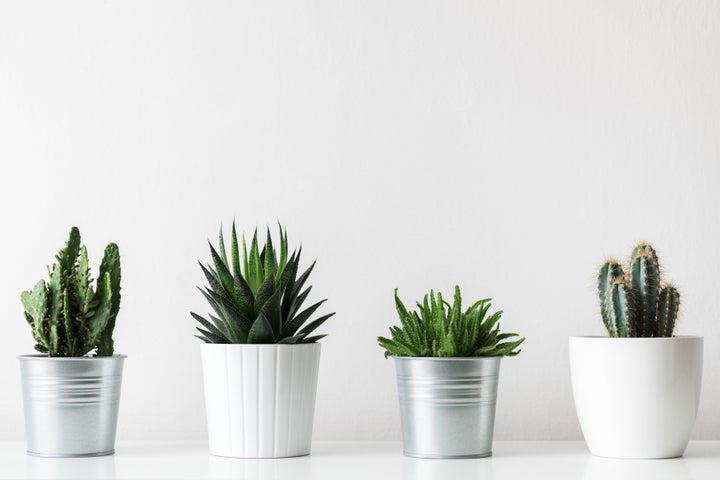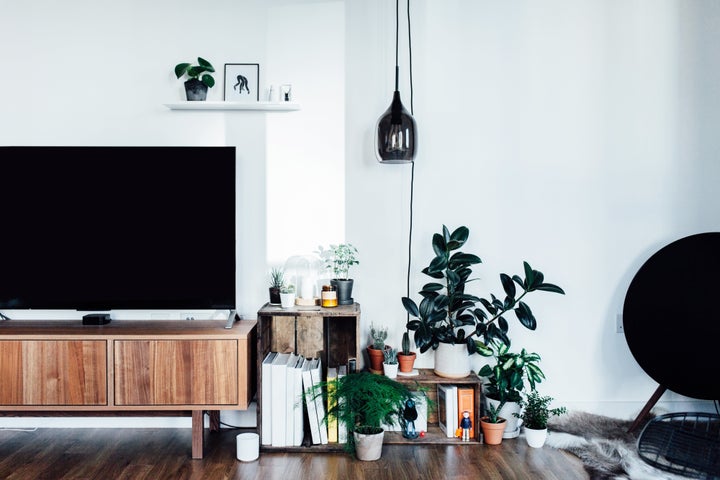
Millennials love house plants. I’m a millennial and yes, I too love house plants. At first I thought there was something cyclical about it; you know, like flares or bowl cuts. But I’m not sure it’s as simple as that, really. There’s something - excuse me - earthy about them, a general - again, sorry - rootedness about them that us millennials are perhaps craving.
If you read Michael Hobbs’ ‘Why millennials are facing the scariest financial future of any generation since the Great Depression’ on HuffPost’s own Highline, you’ll know what I mean when I say this: millennials have got it bad, there’s no denying it. We may look to older generations as if we’re hypersensitive or overly emotional but I believe there’s good reason. I don’t think you can underestimate a housing crisis to really make you feel as if you’re not getting anywhere. And this isn’t present just in the States either, it’s happening in the UK.
Just to go back, a millennial is anyone roughly aged between 25 and 35. We’re a people who entered adulthood in the midst of the 2008 financial crisis; stagnant pay, the changing labour market and the rising cost of housing have impacted upon our lives in a way our parent baby boomers would never have imagined.
According to a government briefing paper, millennial employees aged 22-29 experienced the largest falls in real average earnings following the 2008 recession. And although 40% of millennials were graduates, a 2013 Office of National Statistics analysis showed that 47% of these ‘recent graduates’ were actually in non-graduate roles. It comes as no great surprise then that we have less financial assets than older generations, with much less time to accumulate wealth.
Cohort analysis shows that both the generation born in the 1970s and millennials lag behind those born in the 1960s at the same age in terms of wealth accumulation. So, those wondering why styles of the 70s are making a comeback might find the answer in the fact we’re very similar, statistically, to those coming of age in the same era.
In the 90s 55% of households led by a 25-29 year old person and 68% of those led by 30-34 year olds were owner occupiers, that’s the almost the reverse as it is today. It’s no wonder we’re craving rootedness; as hard as it is to get on the property ladder these days myself and fellow millennials are pushing back major life events because they feel they need to own their own house before they can undertake them. “I can’t start a family, I need my own house”, “I’m not settled in my career, who knows how long I’ll be in this city”, are all sentences I’ve found myself saying as I compare myself to my mum when she was my age.

So, at the age of 27, instead of a house and a family I have a dog and an array of houseplants. Like many of my friends and people I follow on Instagram, I’ve taken to a pet and plants - perhaps as a way to nurture my maternal instincts. Like my fellows who were the same age in the 70s, I have a great love of teak (I am stupidly proud of my danish teak sideboard - which I’m aware is sad), and have taken up crafting macrame plant hangers.
I genuinely believe we’re seeing a rise in hashtags like #urbanjungle - our feeds awash with beautifully constructed frames of cheese plants and strings of hearts - because of a need to feel in control. A need for us millennials to feel as if we’re caring for something other than ourselves in a time where making major life choices have to come later and later.
I’m sure 50+ year olds reading this will think it’s a load of rubbish, and that’s fine. But next time you visit your son or daughter and tut at their indoor jungle of plants, maybe you’ll think of this article and that meme of the dog sat in a burning room, the flames surrounding him saying “this is fine”.